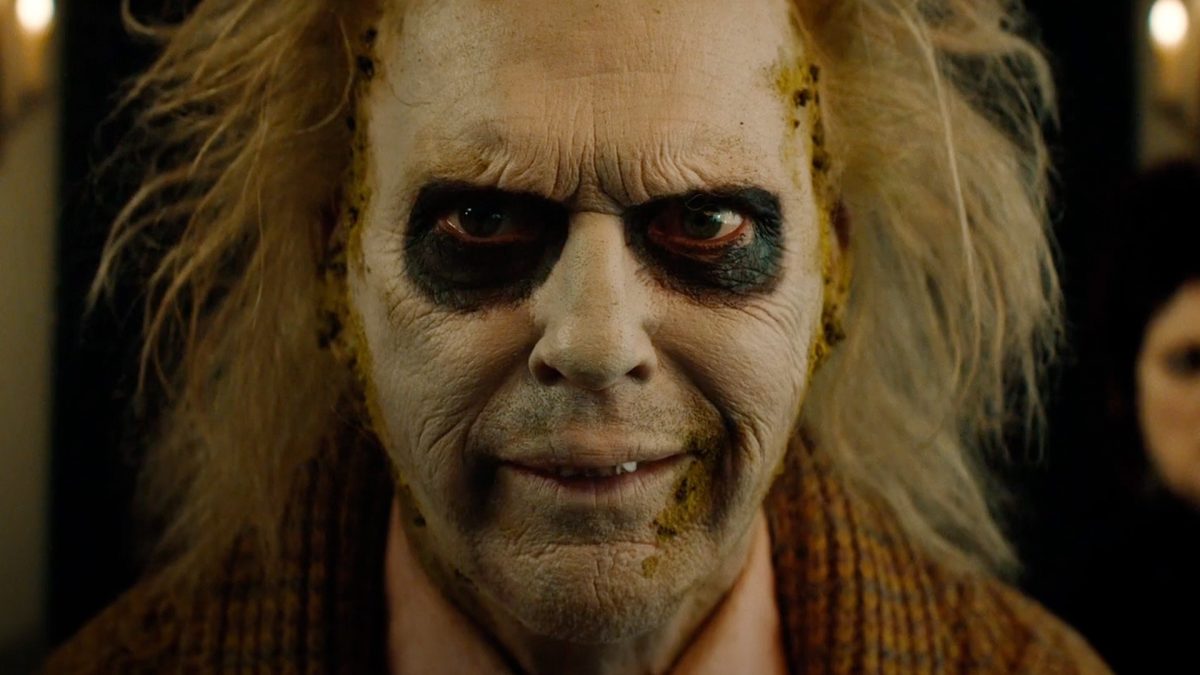Euphoria, issues of morality and sexualization of minors
Teen drama “Euphoria” became an instant hit when it was first released in the summer of 2019. The show, written and directed by Sam Levinson, is a gritty take on the classic teenage experience. The show does not shy away from topics of drugs, sex and nudity, sexual assault, and violence. In fact, “Euphoria” is known for putting those taboo themes front and center. The story is narrated by Rue, a drug addict, and details the lives of her friends and family. While “Euphoria” is visually stunning, it also poses a problem: should the show be glamorizing and dramatizing such intense events?
The show does address this, and at the beginning of every episode, a trigger warning is displayed, and at the end, a suicide hotline is put on the screen. However, the age group that “Euphoria” caters to is a dangerous one: young teens. The bright makeup and good-looking cast are enticing, but along with that, drugs and sex are thrown around casually, and these characters are supposed to be the ages of the people watching. Many parents and critics of the show worry that it glamorizes and promotes these types of behavior, and some younger audiences think that it is unrealistic of the high school experience.
While the actors are all in their twenties, it is still uncomfortable to see exposed genitals and breasts of the characters who are supposed to be 16 or 17. But, perhaps, that is the point. Sam Levinson has been heavily criticized for this, and it is unnerving when you step back and realize that these hyper-sexual characters were written by an adult male. Many of the nudity scenes, especially in season two, are completely unnecessary to the plot and are only used as a talking factor. The amount of exposed male genitals in these episodes are doing nothing for the story and circle back to the issue of hyper-sexualization. While the events in “Euphoria” may happen in real life, promoting it in a television show to a young audience may be doing more harm than good.
In addition to the sexual aspect of “Euphoria,” the show is also very violent. It depicts a young man being brutally beaten and forced to confess to a crime he did not commit, among other acts of mental and physical abuse within relationships. While it is good to bring awareness to these issues that teens face, many are missing the point and instead idolize the characters. The antagonist is a traditionally attractive teenager, and though he is shown to be an awful person, many choose to focus on his physical attributes rather than what his character is meant to teach.
It is important and necessary to give good representation to teenagers, but “Euphoria” does not achieve this in an ethical way. The overuse of sexual imagery and drugs can be triggering or too influential on its young watchers. The message that “Euphoria” attempts to portray is ultimately shrouded in rainbow, glitter makeup and short skirts with low cut tops. While it has the potential, ethically, Sam Levinson failed.
Your donation will support the student journalists of Omaha Central High School. Your contribution will allow us to purchase equipment and cover our annual website hosting costs.













